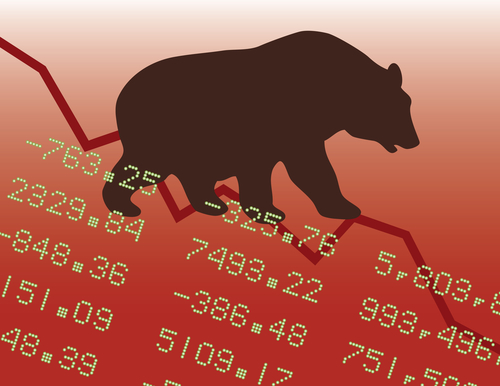How the Relative Strength Indicator Can Give You an Edge

Traders are often told to buy excessive fear or greed.
Unfortunately, many of those traders aren’t aware of when to pull the trigger, or realize when fear or greed have gotten way out of control. Then, when they finally do decide to make the trade, the stock has already begun to pivot.
And more often than not, they miss the profit opportunity.
While none of us have a crystal ball, or hold the Holy Grail to trading secrets, you can give yourself an edge by simply paying attention to what herd mentality is telling you.
Of the hundreds of technical setups we can use to gauge momentum, relative strength (RSI) is one of the most powerful tools to pay attention to. In short, RSI is a momentum oscillator that measures the speed and change of price movements of a stock. The closer RSI gets to its 30-line, the more oversold the stock is considered to be. The closer RSI gets to its 70-line, the more overbought the stock is considered to be.
Take a look at Bristol Myers Squibb (BMY) for example.

Notice what happens when RSI gets to or above the 70-line. BMY begins to peak and turn lower. Now, notice what happens when RSI gets to or below its 30-line. BMY begins to find support and pivot higher. Of course, as we’ll often tell you, confirmation of potential trend change is always essential. Confirm with MACD, Williams’ %R and Bollinger Bands, too for example. Just don’t buy because RSI is at the 30-line.
Look at the excessive fear in BMY in late January 2017.
Who would touch that? Only a fool, right? But it was overdone. RSI was deep under 30. MACD pulled back too far too soon. Williams’ %R was deep under 80, oversold. Once we got positive confirmation in the days that followed with a build of momentum, it became a good time to buy.
Sure, you may say, “Any one can say that AFTER the fact.”
And sure, we could do that. But that’s not what we’re doing. Look at what happens each time BMY pulls back with confirming oversold indications. The reversal higher isn’t immediate. It takes a few days. y being in the know, you can do well.
Again, though, confirmation is key.
Or, you’ll wind up buying what could be a falling knife and lose it all. Look at Equifax (EFX) for example. Following a hack, the stock plunged from a high of $145 to $92.80. As the stock plunged, some traders bought at $115, thinking the worst was over. RSI, MACD and Williams’ %R were deeply oversold. But by failing to wait for a tick higher to see if the trend was changing, they bought. They got caught in a bull trap and watched the stock slip another $12 to $13 lower.

RSI can be a powerful indicator when used correctly. Be aware of it. Learn it.



